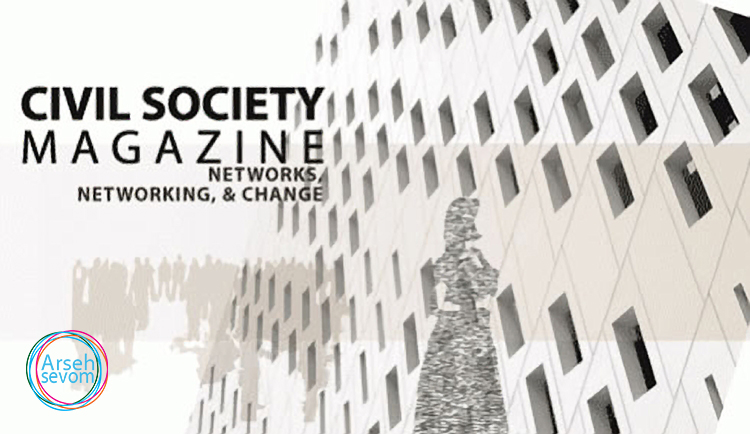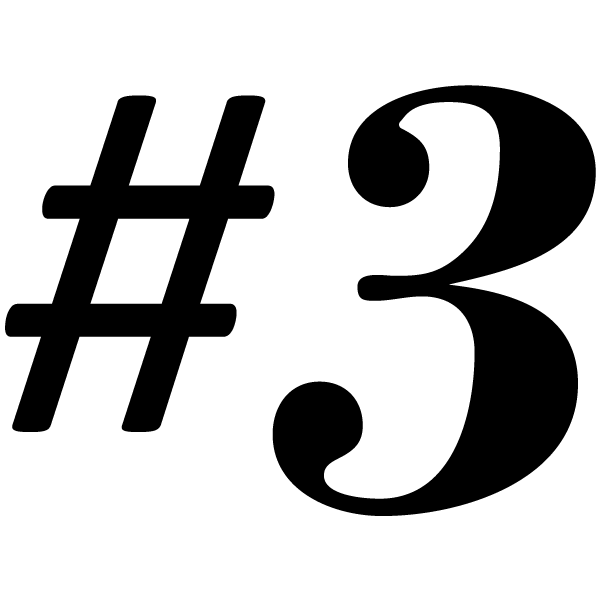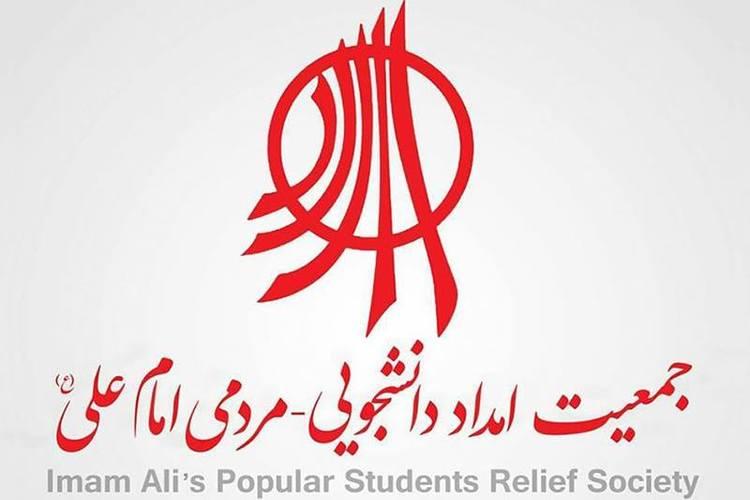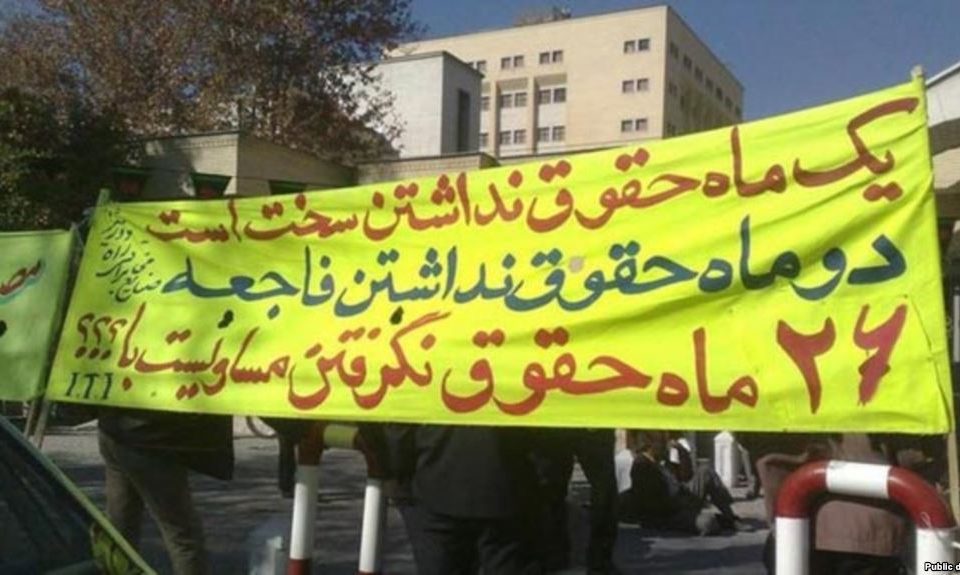
Networking Issue: Letter from the Editor
July 5, 2011
Get a Dose of Culture
July 13, 2011Iran Human Rights Documentation Center presents a chart of executions in Iran since the 2010, most confirmed by official and semi-official sources.
In the Washington Post, Thomas Erdbrink reports on the effects of sanctions after the Obama administration issued a statement tying one of Iran’s largest ports to the Revolutionary Guards:
Some Iranians question the extent of the sanctions’ impact. Davoud Sameni, a broker for Iranian shipping companies, said his biggest problem these days is finding spare containers for shipping cargo to China.
“They told me we had to wait for a month because all containers were reserved,” he said. “The Western sanctions have not been without effect, but business with Asia is booming
![]() The US State Department has condemned Iran for threatening to executing a Christian Pastor.
The US State Department has condemned Iran for threatening to executing a Christian Pastor.
“We are dismayed over reports that the Iranian courts are requiring Yousef Nadarkhani to recant his Christian faith or face the death penalty for apostasy – a charge based on his religious beliefs,” said Victoria Nuland, a spokesperson of the U.S. State Department.
“If carried out, it would be the first execution for apostasy”, or leaving Islam, “in Iran since 1990,” Nuland said in a statement. She indirectly referred to the death by hanging of Assemblies of God Pastor Hossein Soodmand.
The divisions emerging between Ahmadinejad and the Revolutionary Guards and Khamenei are front and center in conversations about Iran. Alireza Nader provides an overview of the relationship at Iran Primer:
In a recent interview, Revolutionary Guards chief Gen. Ali Jafari said that his force is now in charge of dealing with the “deviant current” – the latest lingo used to describe Ahmadinejad, his controversial chief of staff Esfandiar Rahim Mashaei and others in his inner circle. Jafari also indicated that the Guards would help set the conditions for next year’s parliamentary elections as well as future elections .
![]() Sahand Sahebdivani presents a round-up of the recent conflicts between the revolutionary guards and Ahmadinejad along with efforts to further control the dress and movement of women in his piece, “Power play and Women’s rights in Iran”
Sahand Sahebdivani presents a round-up of the recent conflicts between the revolutionary guards and Ahmadinejad along with efforts to further control the dress and movement of women in his piece, “Power play and Women’s rights in Iran”
Finally, Tehran Bureau exposes the official anti-female sentiment in Iran, tying it to violence against women.
Fear is the ultimate weapon at the disposal of authoritarian regimes to force the masses into submission and pave the way for the implementation of their agenda: in this case, the marginalization of women. The hype over hejab created by the authorities with the media’s help — in particular, the notion that improper hejab inspires rape — is designed to instill fear. Consider the article on Yalasarat that speculated about the reaction by relatives of a rape victim in Kermanshah to news of the crime: “Wouldn’t the parents of the young doctor have preferred to hear news of her death? If this girl had died in a traffic accident, wouldn’t it have been more acceptable for her parents?”
Fear over women’s safety, in turn, is intended to facilitate the imposition of more restrictions on their social participation and other liberties. Reducing the number of women accepted into universities will force more back into their homes and out of society. As Hassan Abbasi, the self-proclaimed “Kissinger of Islam,” declared, “The rising number of educated girls in universities is a serious crisis for the country” and “attempts to accept more women into universities during the Development and Reformist eras…paved the way for women’s liberation movements to emerge in our time.” He added that the high number of educated girls undermines the foundation of the family itself.
Read more: http://www.pbs.org/wgbh/pages/frontline/tehranbureau/2011/07/the-hejab-hype-and-the-force-of-fear.html#ixzz1RyhKNSQ2





